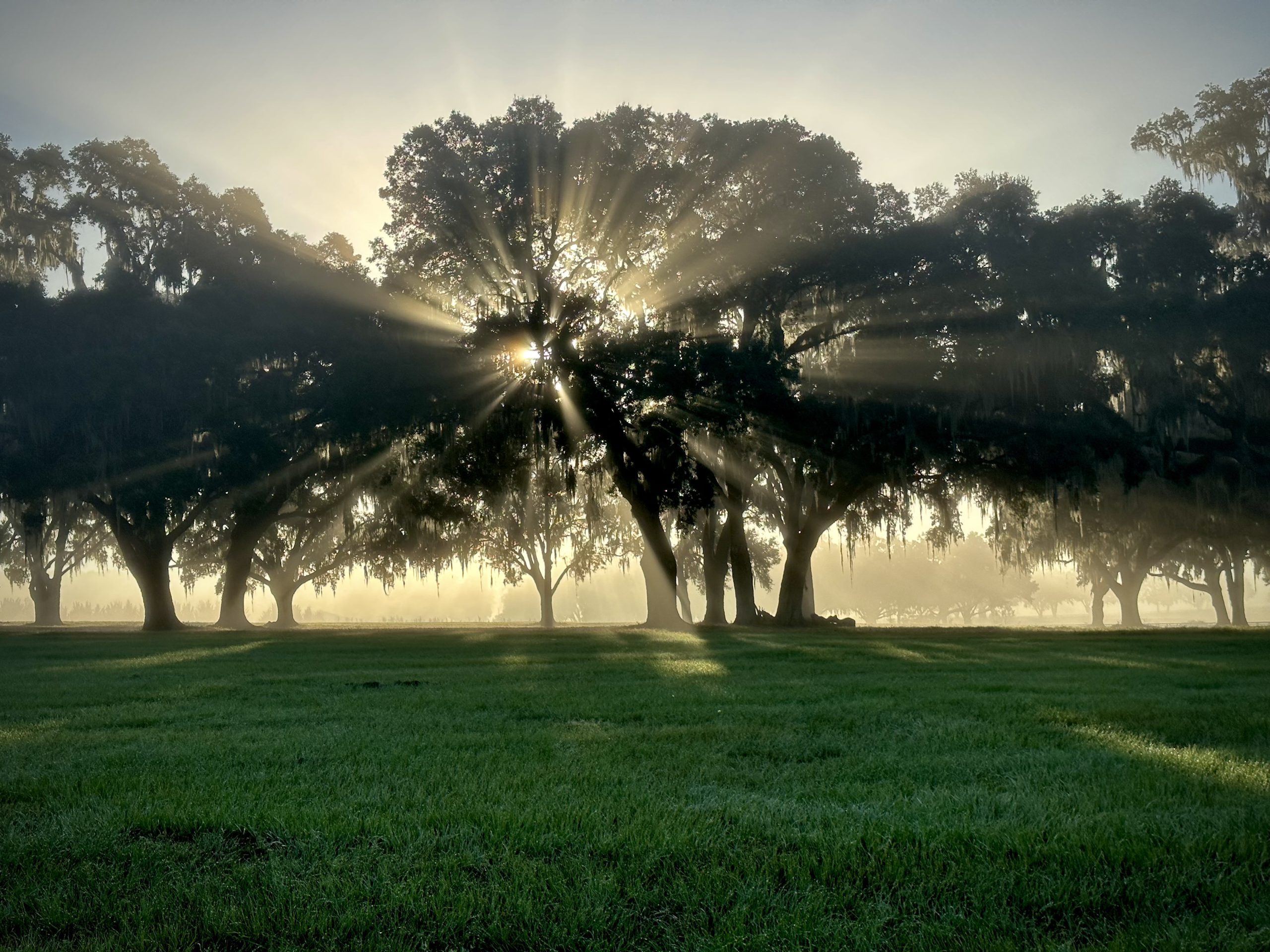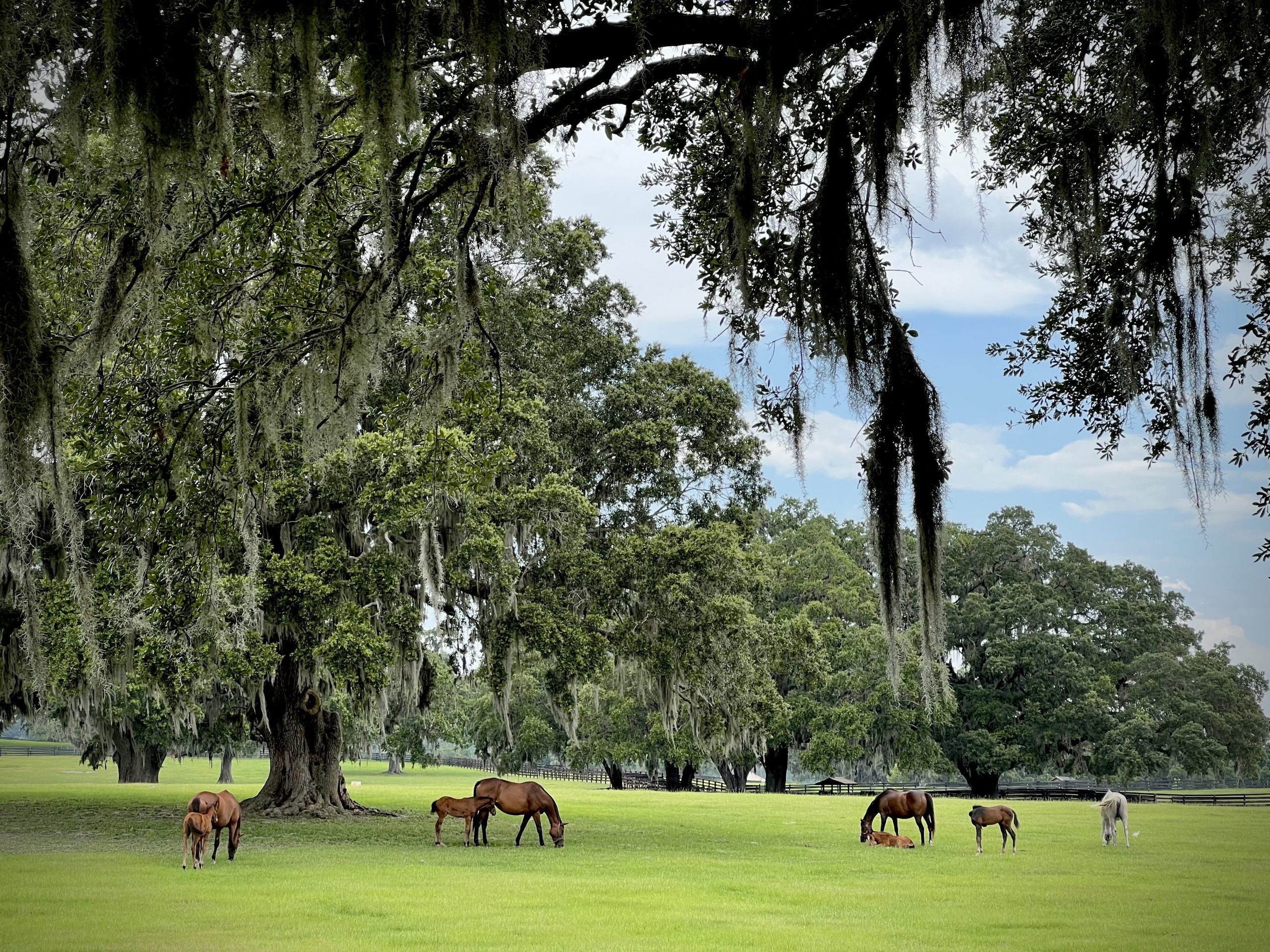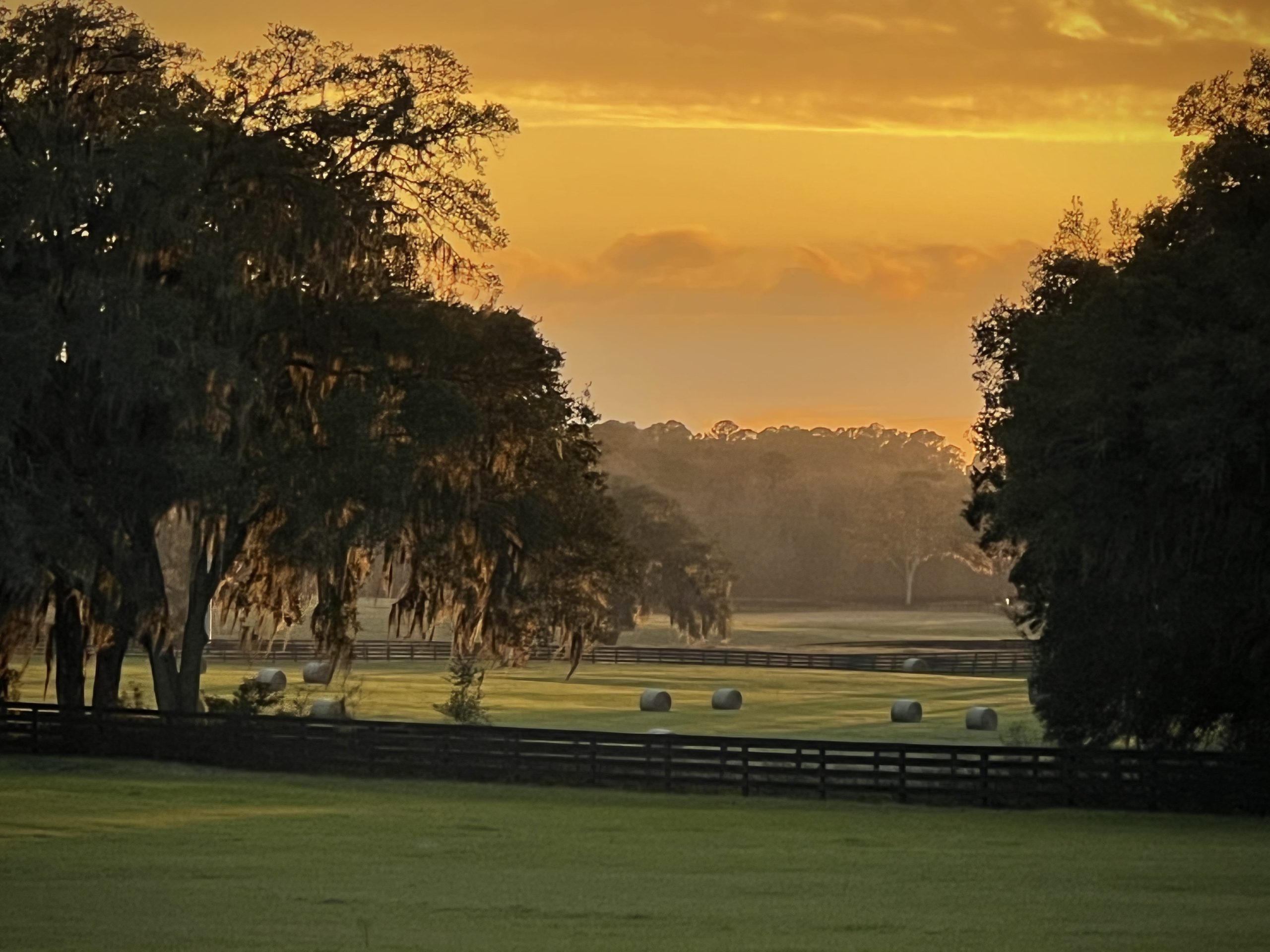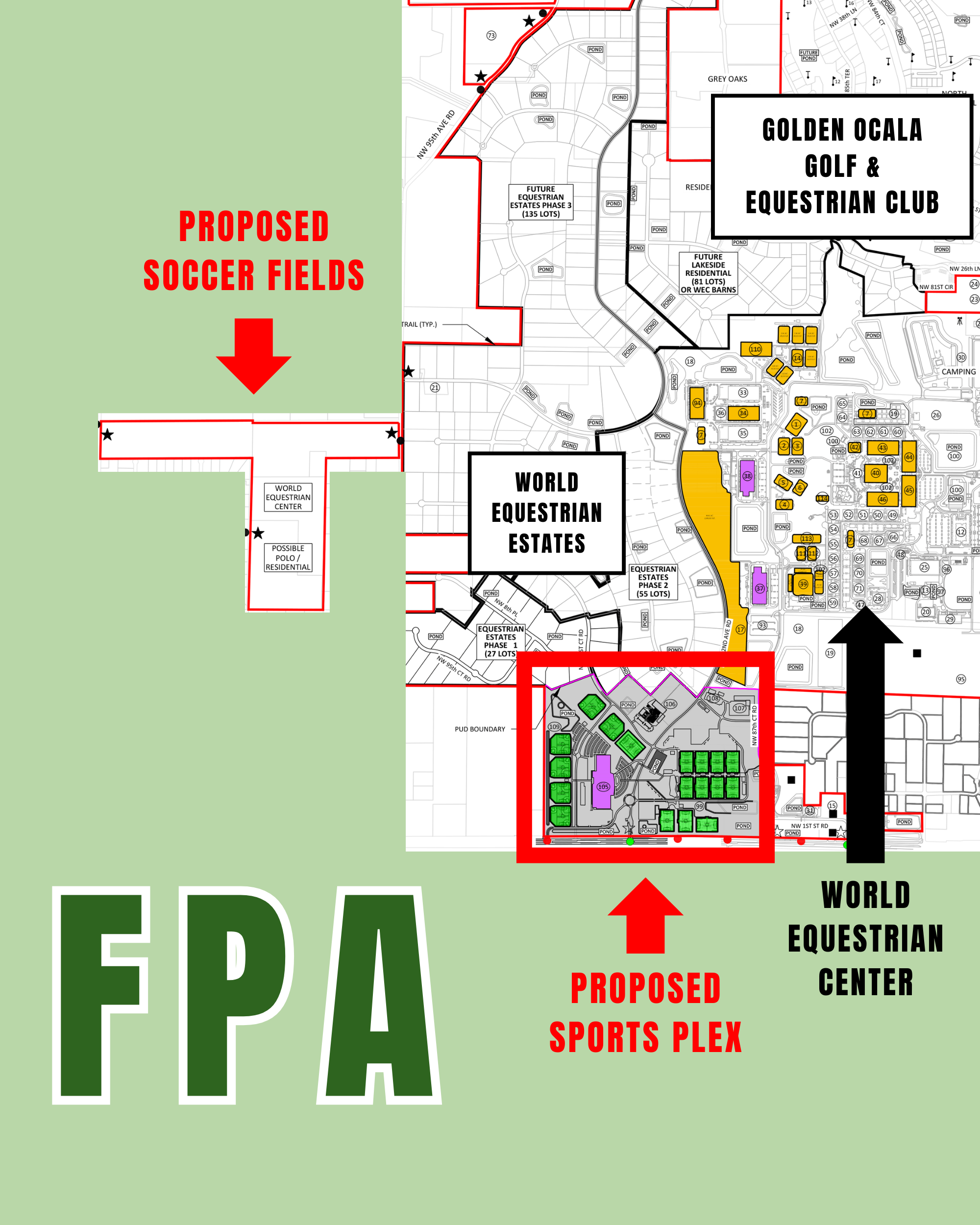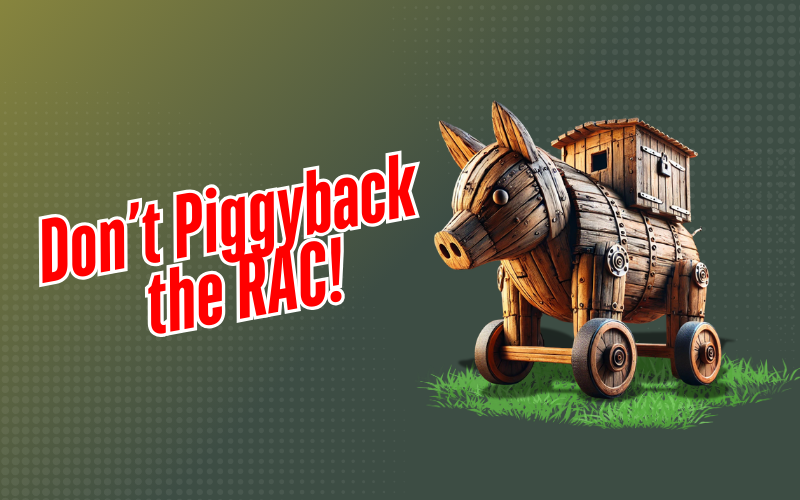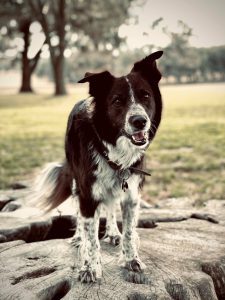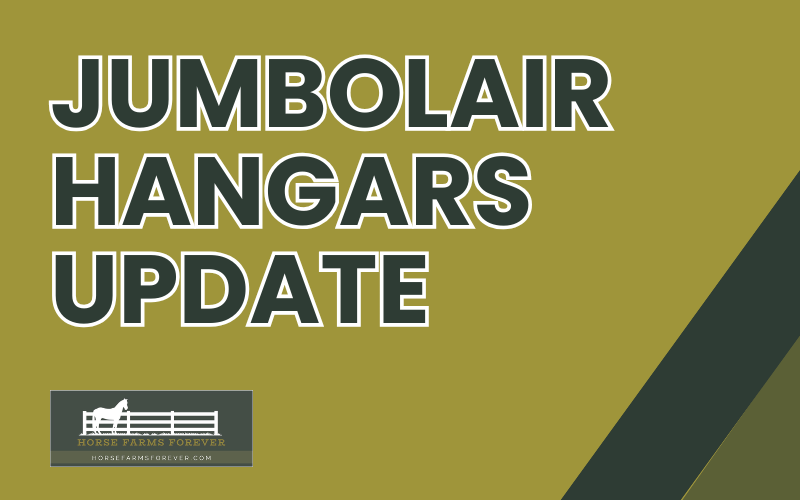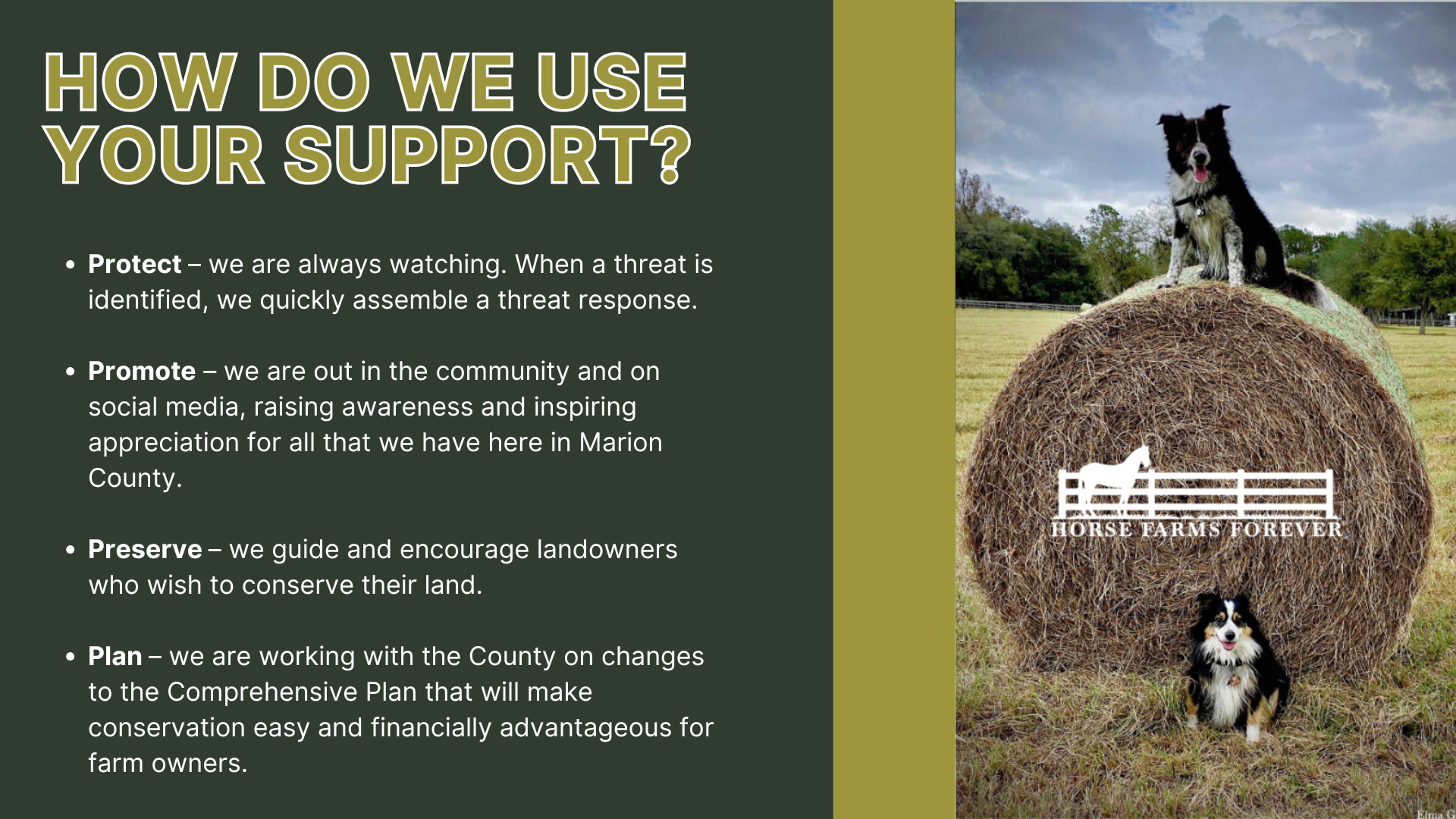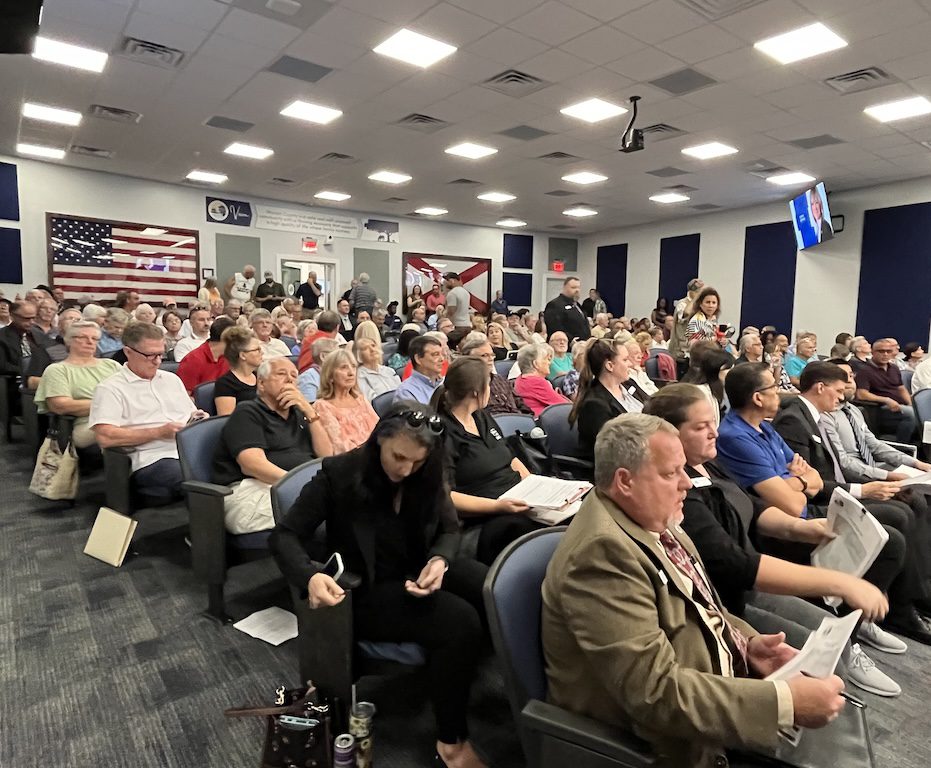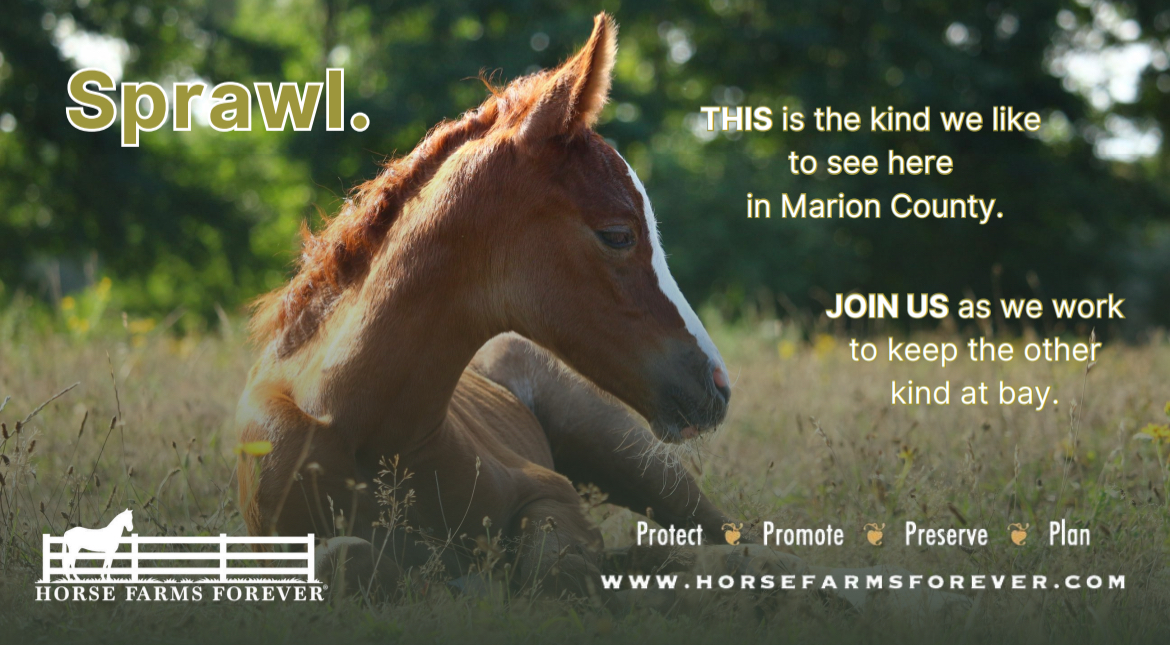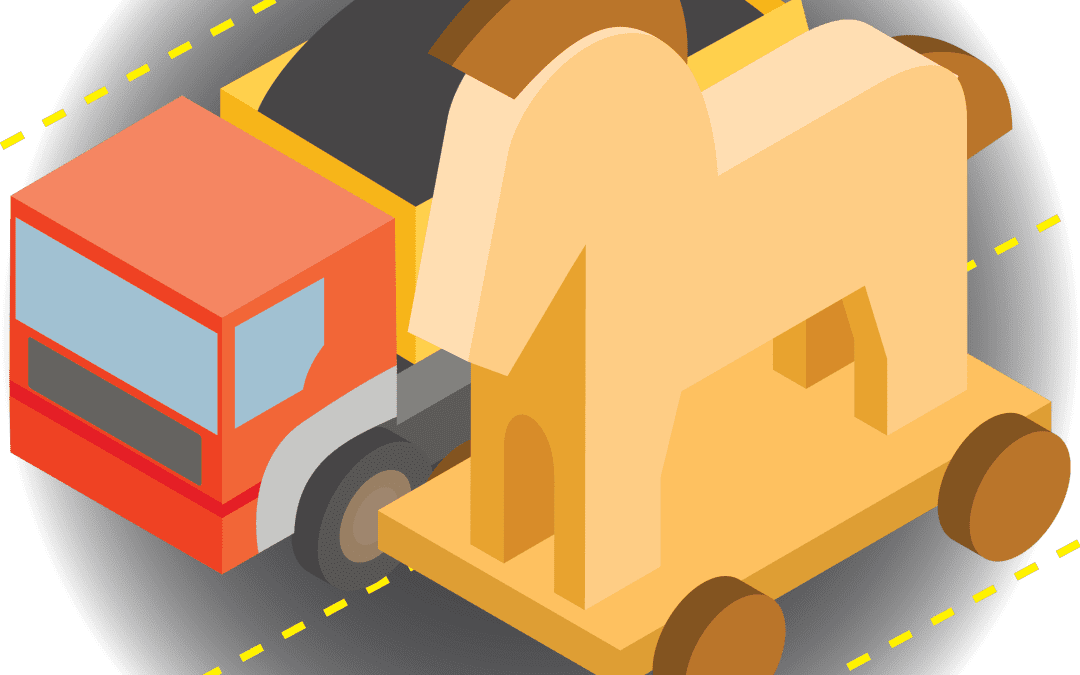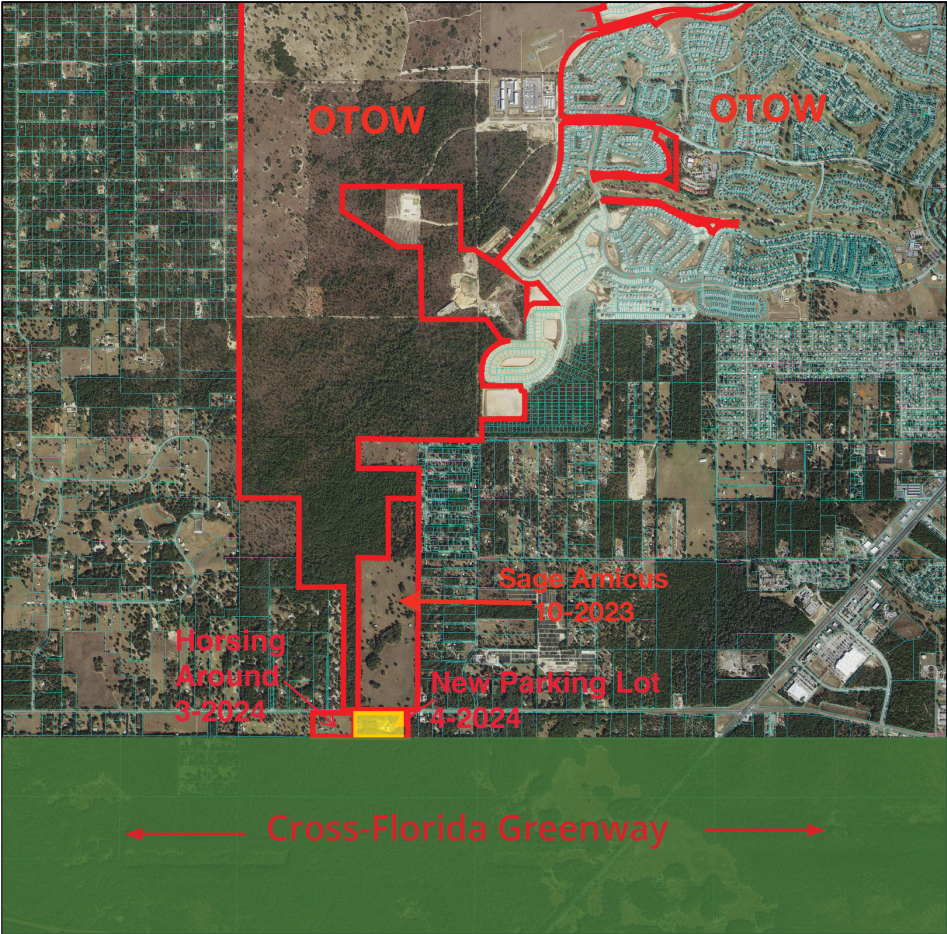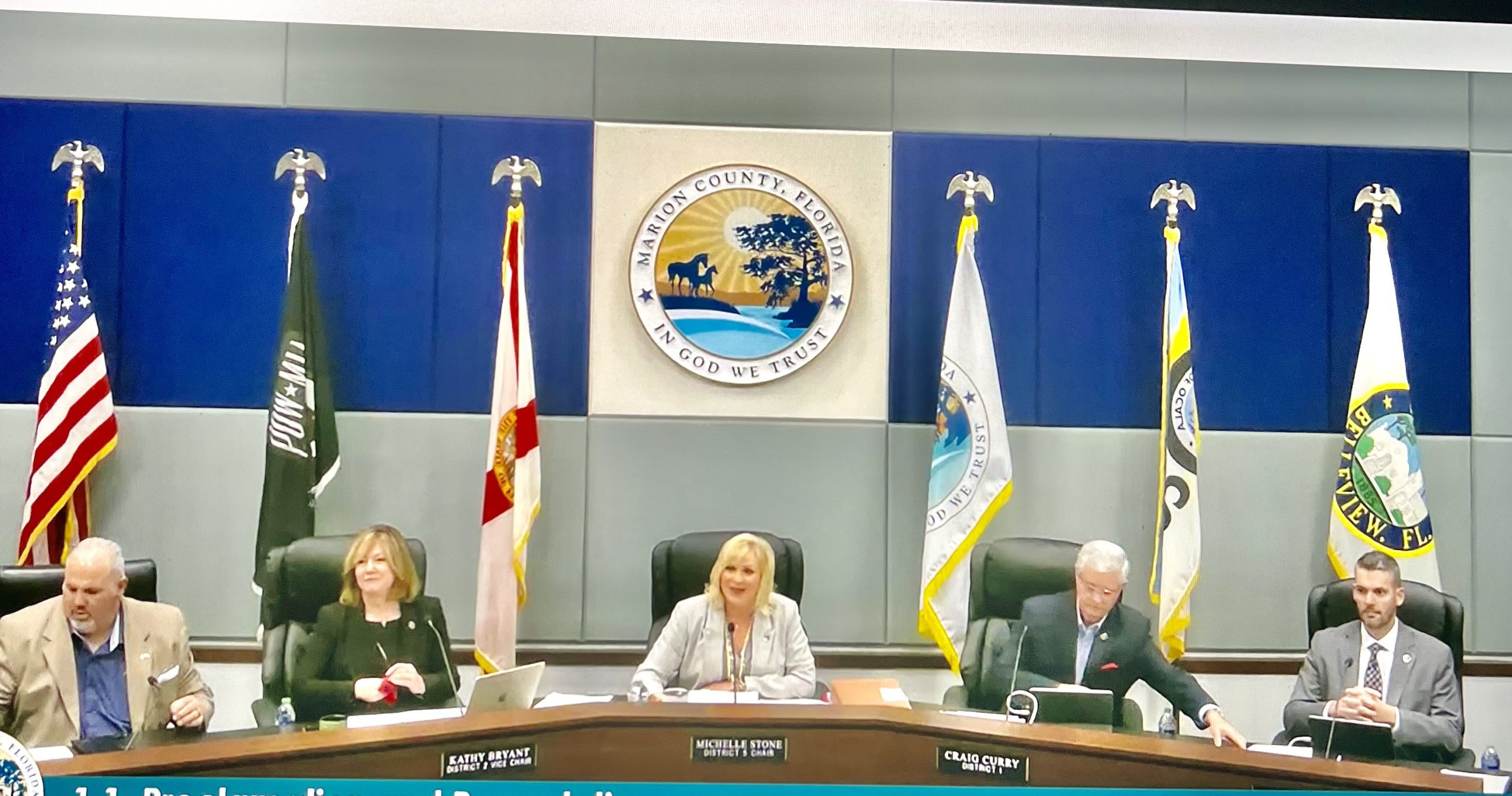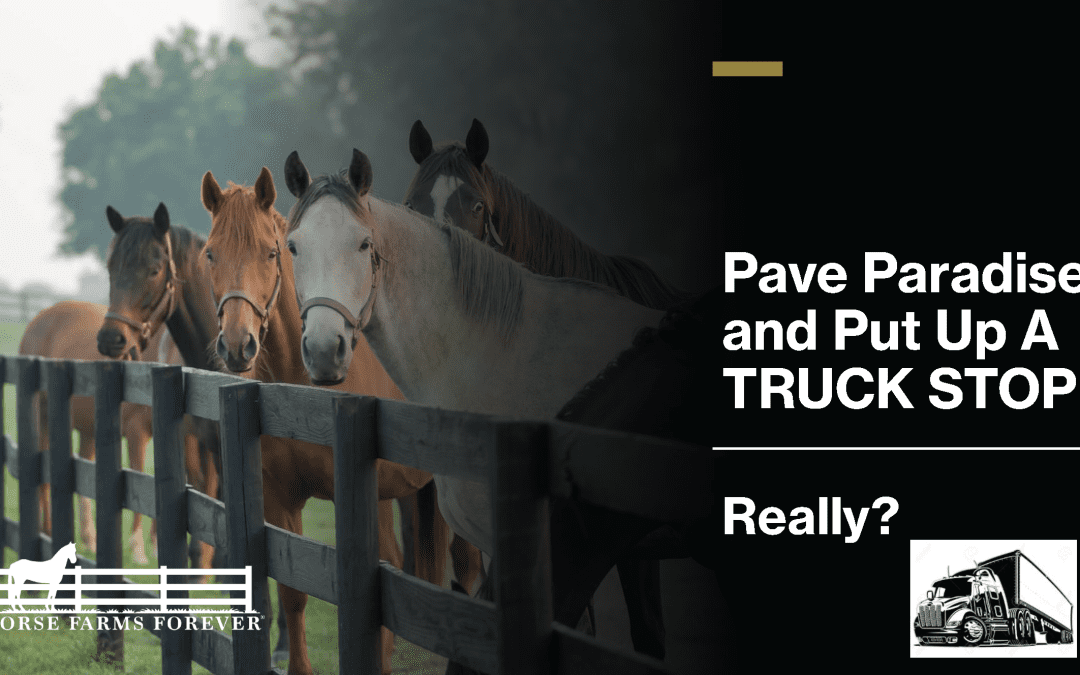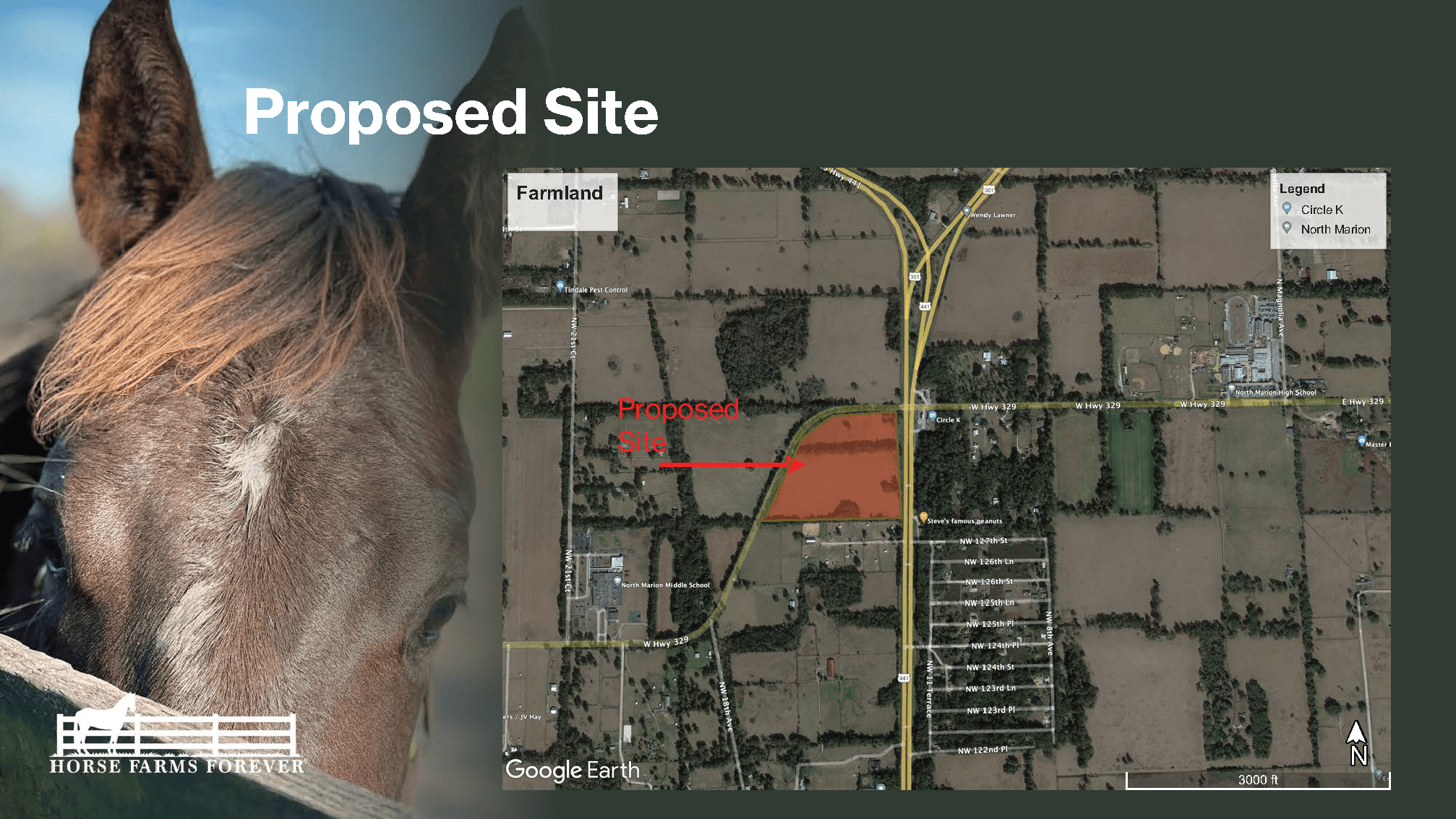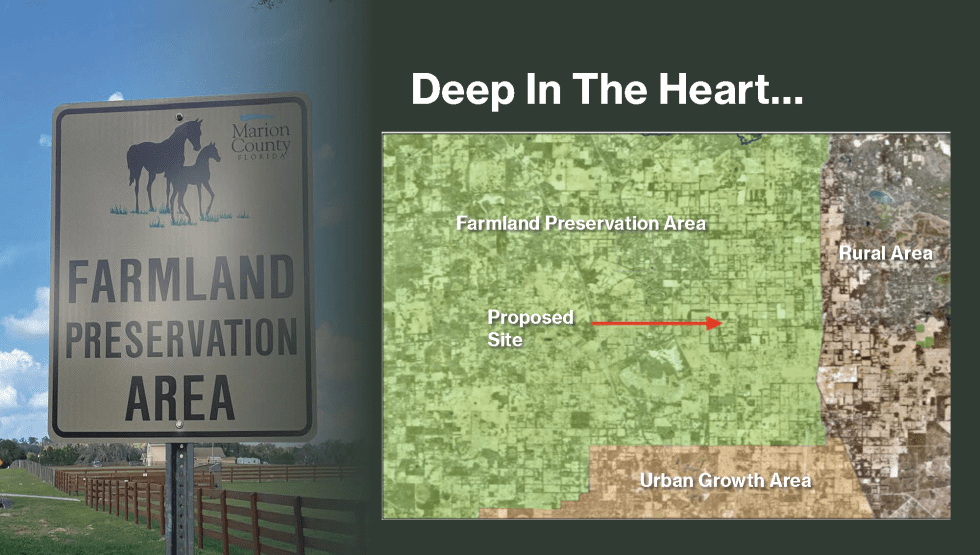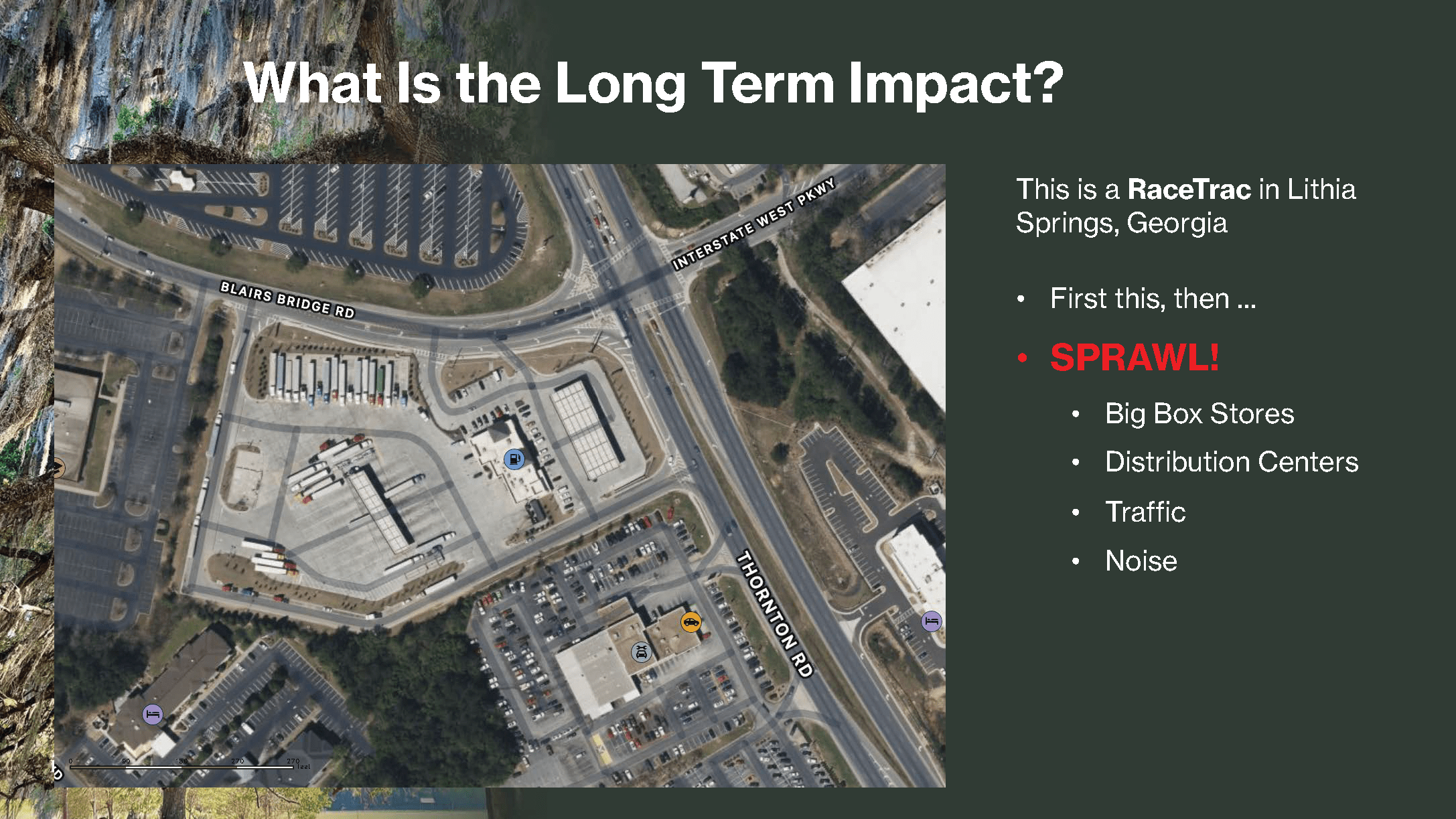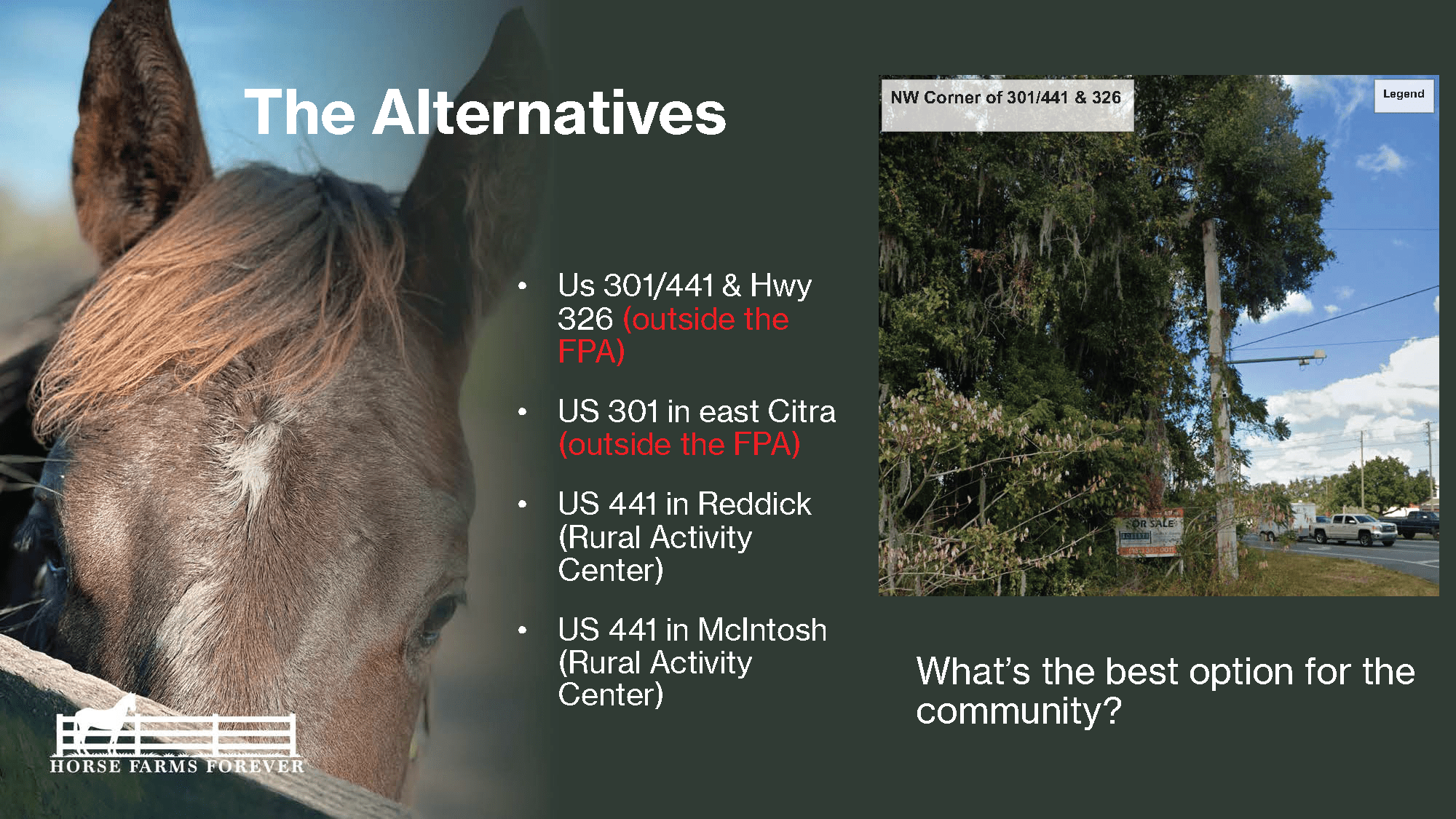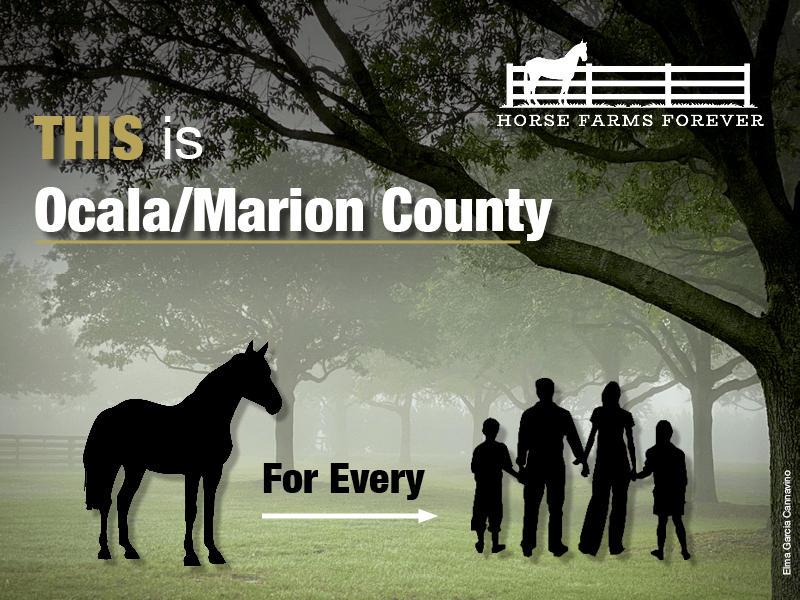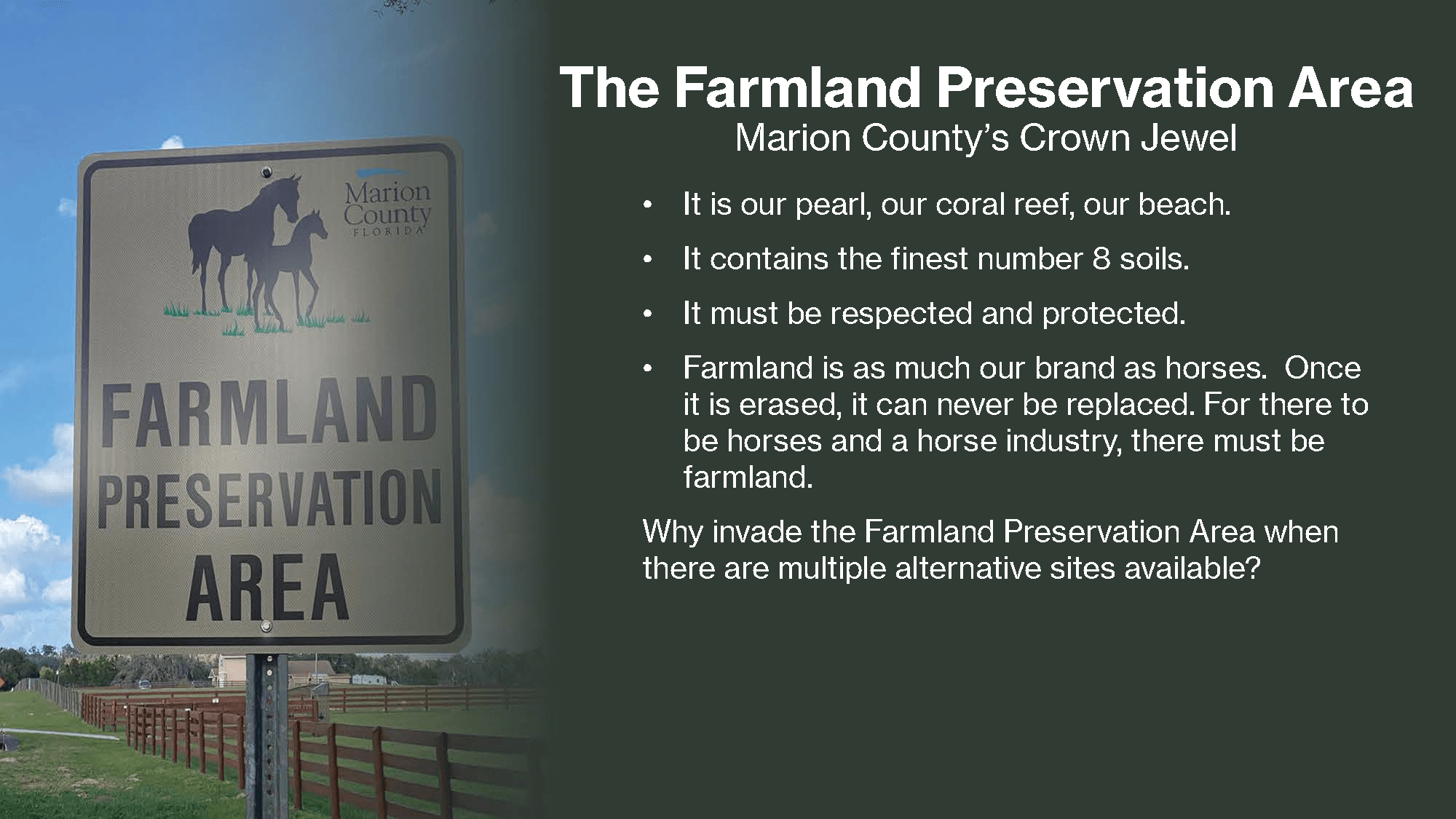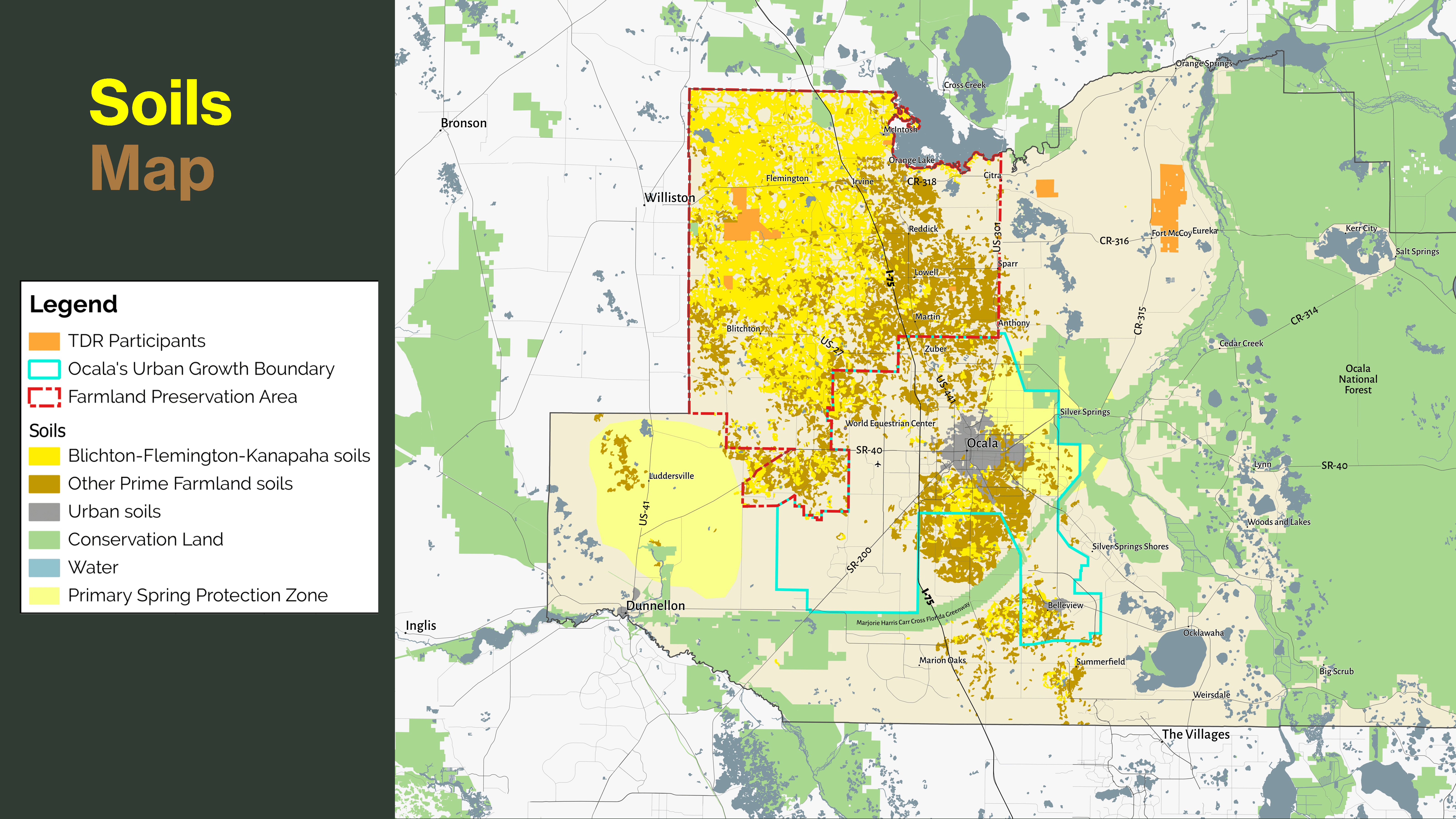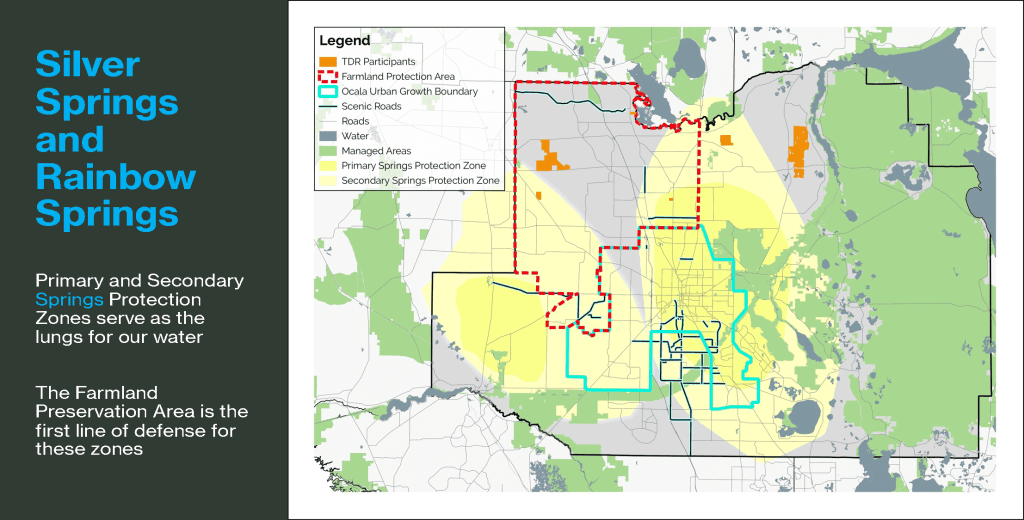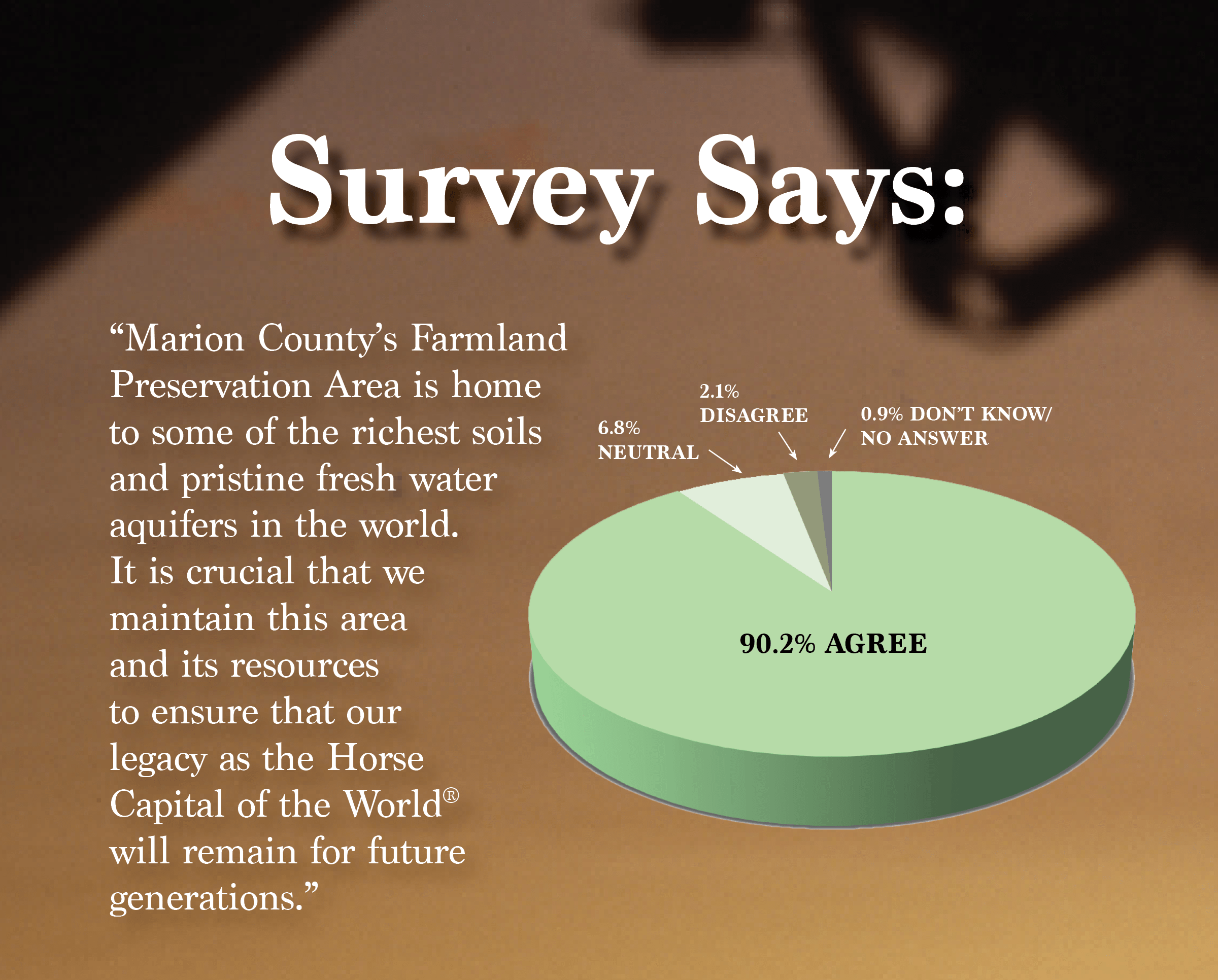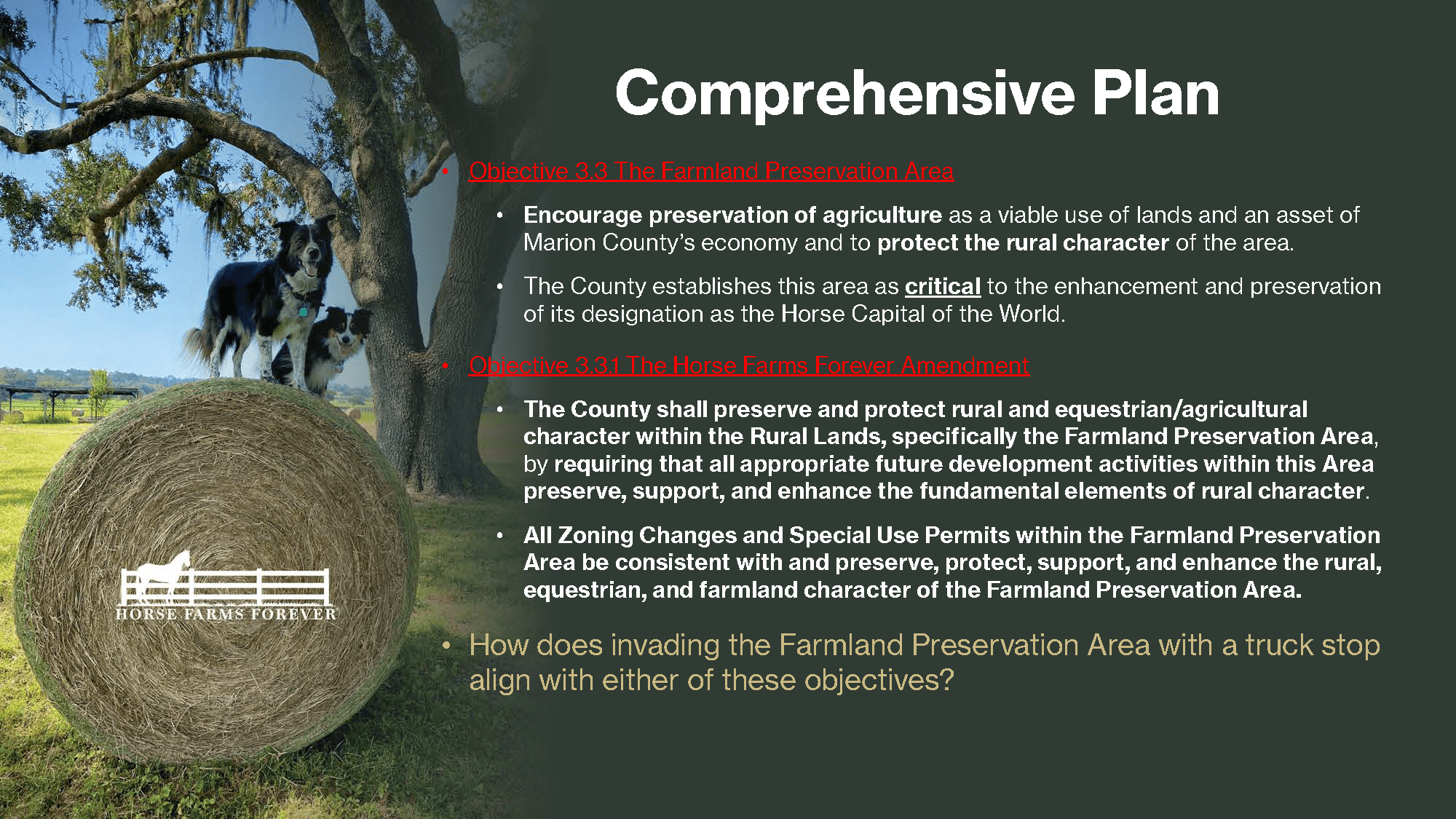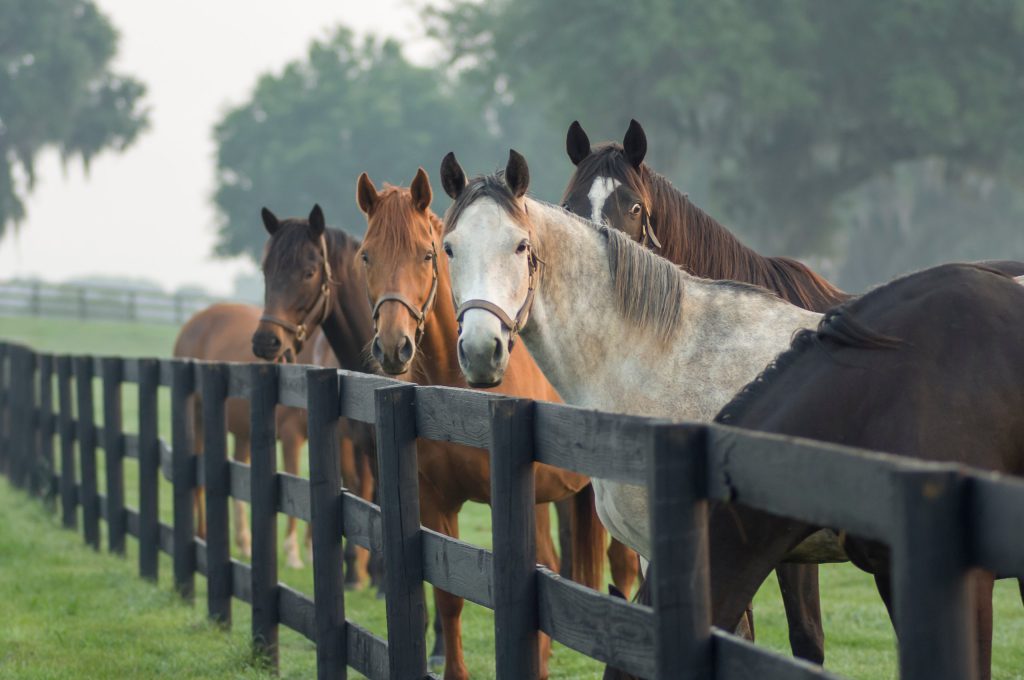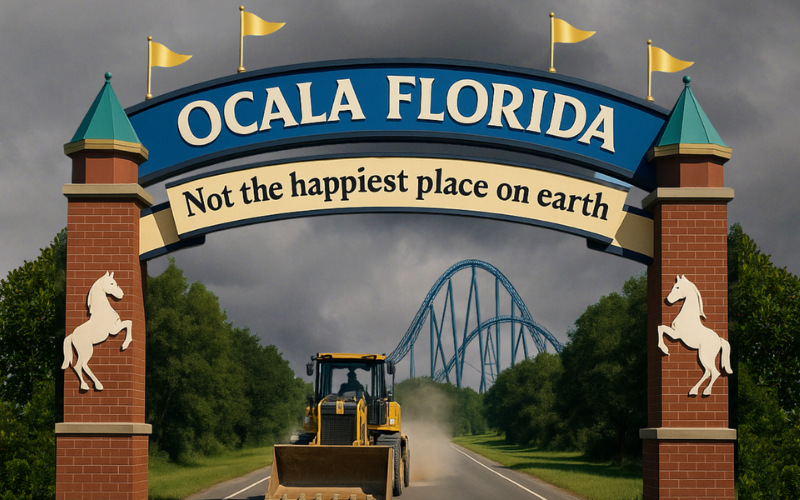
HFF Opposes Golden Ocala Sports and Entertainment Complex


Golden Ocala Equestrian Land, L.L.C. has submitted applications to allow for an intense commercial sports and entertainment complex on 236 acres of land with a low residential land use adjoining the Farmland Preservation Area. These parcels were previously inside the Farmland Preservation Area until they were removed at the request of Golden Ocala to allow for the low residential World Equestrian Estates.
Golden Ocala Equestrian Land, L.L.C. has submitted applications to allow for an intense commercial sports and entertainment complex on 236 acres of land with a low residential land use adjoining the Farmland Preservation Area. These parcels were previously inside the Farmland Preservation Area until they were removed at the request of Golden Ocala to allow for the low residential World Equestrian Estates.
In 2017, Golden Ocala applied to remove almost 1,000 acres from the Farmland Preservation Area to build the World Equestrian Center on 480 acres and to allow for low residential development on the remaining acreage. The Urban Growth Boundary was also moved west to NW 100th Avenue. The County Commission granted the changes conditioned upon the low residential World Equestrian Estates serving as a stepdown buffer for the new Farmland Preservation Area boundary. The proposed applications seek to undo those promises and agreements.
- Horse Farms Forever® opposes the application by Golden Ocala Equestrian Land, L.L.C. and its related entities (collectively, Golden Ocala) to convert 8 parcels totaling 236 acres from a low density residential land use reserved for the World Equestrian Estates into a high-intensity commercial land use for a regional sports and entertainment complex.
- Horse Farms Forever® further opposes the applications by Golden Ocala to change the WEC Future Land Use classification to allow non-equestrian sports facilities.
The proposed conversion of the World Equestrian Estates for an intense commercial sports and entertainment complex and the addition of intense non-equestrian commercial activities in the WEC Future Land Use classification runs in direct conflict with the agreements previously made by Golden Ocala to ensure compatibility of the World Equestrian Center complex with the surrounding horse farms and the Farmland Preservation Area.
What’s Proposed?
The proposed sports and entertainment complex to be built on the low residential World Equestrian Estate lots has no equestrian-related activities. Instead, it includes:
- Outdoor sports fields: 17 multi-purpose fields for soccer, softball, and football, and a soccer stadium with increased seating.
-
Expo and Indoor Facility: 2 full-sized ice sheets, 8 full-sized basketball courts with the ability to function as 16 volleyball courts, and a full-sized synthetic turf soccer pitch.
- 1 hotel, 2 restaurants, and multiple other support buildings.
- Unlimited concerts.
Watchdog Alert!
Horse Farms Forever will be attending the Monday, July 21st, BOCC meeting at 1:30 PM to oppose the applications by Golden Ocala Equestrian Land to change the land use on 236 acres from low residential to allow for an intense commercial sports and entertainment complex.
The P&Z Commission meets at the McPherson Governmental Campus Auditorium, 601 SE 25th Avenue, Ocala, FL.
The Location – Why it Matters
The issue with the proposed applications by Golden Ocala is not what is proposed, but rather where it is proposed. It’s in the wrong place. These activities belong on land designated and zoned for commercial uses, not residential uses.
The Farmland Preservation Area is located directly South of the site plan.
Read the Applications

